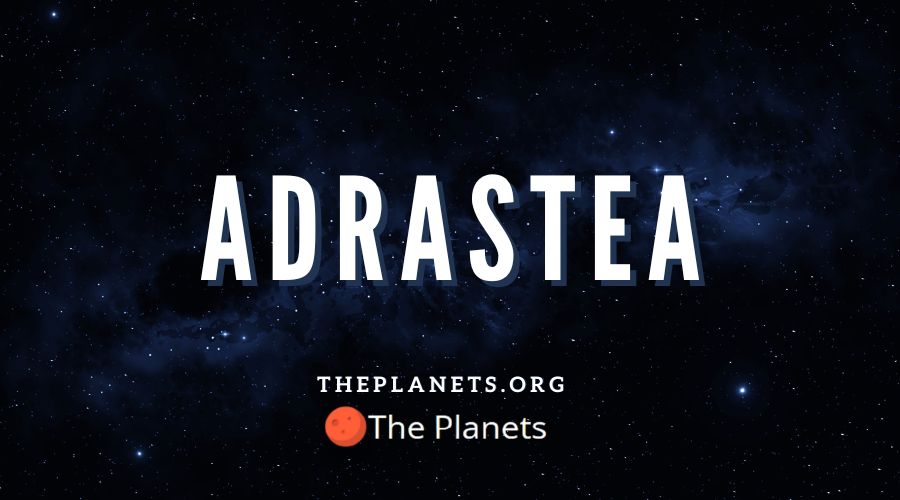
Adrastea is one of the most amazing moons traveling in the orbit of Jupiter because of the close proximity of the moon to the surface of the planet. The moon is orbiting Jupiter within the orbit of one of the four main moons of Jupiter, Lo, which moves around Jupiter in an orbit of just over 400,000 kilometers from the surface of the planet.
How was Adrastea discovered?
The moon of Adrastea was discovered by the Voyager Two orbiter in July 1979 as it moved through space and passed through the orbit of Jupiter. Adrastea holds a record as the first natural satellite to be photographed and not discovered by a telescope meaning a series of largely blurred images have been recorded of the moon.
A shallow orbit
Adrastea is known for the shallow nature of its orbit which means it actually passes within the area between the moon and the surface of Jupiter. The moon Adrastea is linked to the larger moon, Lo, that orbits around 400,000 kilometers above the surface of Jupiter. Adrastea is located in the Main Ring of Jupiter and lies around 120,000 kilometers above the surface of the main planet.
A speedy orbit
The moon of Adrastea is not is marked out by the speedy orbit that moves it around the planet of Jupiter far faster than a single day of the planet itself. Adrastea is one of only three known satellites in the solar system to move through its orbit faster than a single day of its parent planet. Adrastea completes a full orbit of Jupiter in just over one-quarter of an Earth day in around seven hours depending on the movement of the moon through its orbit.
Adrastea remains an irregular shape
The moon is thought to be a naturally occurring satellite but does not have a spherical shape like the majority of known moons. Adrastea is thought to be in an area of orbit that is so close to the surface of Jupiter that it should have become spherical. Instead, the moon is too small to be affected by the pull of gravity towards the surface in a way that would affect its shape. The irregular shape of Adrastea is maintained because it has a length of just 20 kilometers which means it will never be pulled into the traditional spherical moon shape.
The surface of Adrastea
The initial images returned to Earth from the Voyager Two orbiter were too blurry and out of focus for any surface features of the satellite to be picked out. The Galileo orbiter was able to produce better images but very few craters and impact holes were able to be picked out. The Juno Orbiter is the next best hope for bringing clearer images to the people of Earth of the surface of Adrastea.
Adrastea produces a large amount of debris
Adrastea is one of the four inner moons of Jupiter and is thought to be one of the main satellites responsible for a large amount of space dust and debris of the inner rings of Jupiter. It is thought Adrastea and the other three inner moons are subjected to consistent impacts from asteroids producing large amounts of debris becoming visible as the rings of Jupiter.
Adrastea will fall into Jupiter
The shallow orbit of Adrastea is thought to be unsustainable for the future and should eventually result in the moon being dragged to close to the surface of Jupiter. It is thought the moon will eventually fall into the surface of Jupiter and be destroyed.
The naming of Adrastea
Upon its discovery, Adrastea was initially known as Jupiter XV as it awaited its initial name. The objects surrounding Jupiter are usually given a Greek name that befits their characteristics or orbit. The name Adrastea was eventually given to the moon of Jupiter as this was the Greek Goddess who was the foster mother of Zeus.